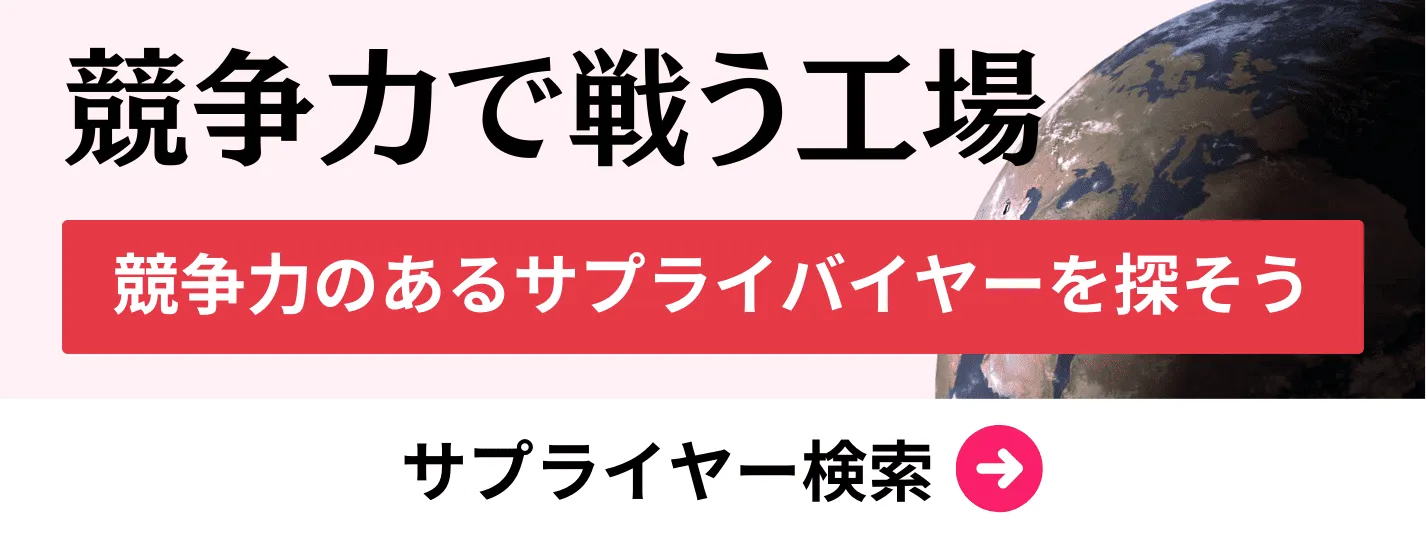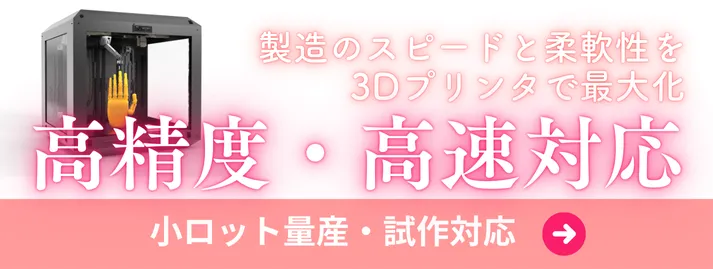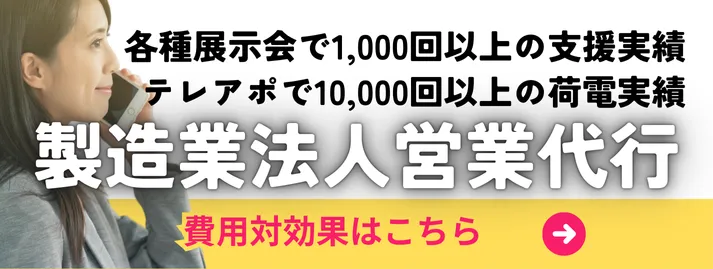- お役立ち記事
- The difference between Process Design and Work Design
月間76,176名の
製造業ご担当者様が閲覧しています*
*2025年3月31日現在のGoogle Analyticsのデータより

The difference between Process Design and Work Design

When diving into the realms of business optimization and productivity enhancement, it’s crucial to understand the differences between process design and work design.
Both concepts play significant roles in how organizations function, but they approach the tasks from distinct perspectives.
Let’s explore these two essential aspects to appreciate their unique contributions and how they complement each other.
目次
Understanding Process Design
Process design refers to the systematic planning and organizing of a series of actions or steps to achieve a specific outcome.
This concept is widely utilized in various sectors, including manufacturing, service industries, and information technology.
In essence, process design is about creating efficient pathways to get from point A to point B.
Key Features of Process Design
One of the primary goals of process design is to streamline operations, ensuring that resources are used efficiently and waste is minimized.
It involves mapping out the sequence of activities, establishing standards, and setting performance benchmarks.
– **Sequence of Activities:** Process design starts by identifying and arranging the essential steps required to complete a task or project.
– **Standards and Benchmarks:** This involves setting quality and performance standards to ensure that the outcomes meet specified requirements.
– **Resource Management:** Ensuring that time, labor, and materials are used effectively to avoid unnecessary expenditure and delays.
For example, consider a manufacturing plant that produces automobiles.
A well-designed process ensures that each component, from the engine to the tires, is assembled systematically, guaranteeing quality and efficiency at each stage.
Understanding Work Design
Work design, on the other hand, focuses on the configuration of tasks, roles, and responsibilities within an organization.
It is concerned with optimizing the work environment to enhance employee satisfaction and productivity.
While process design looks at the workflow, work design emphasizes the human element.
Key Features of Work Design
Work design aims to balance organizational goals with employee needs, creating a supportive and motivating environment.
– **Task Allocation:** Assigning the right tasks to the appropriate individuals based on their skills and expertise.
– **Role Clarity:** Defining roles and responsibilities clearly to avoid confusion and overlap.
– **Work Environment:** Creating a supportive work environment that accommodates employees’ physical and psychological needs.
For instance, in an office setup, an effective work design might include ergonomic furniture, clear job descriptions, and opportunities for skill development.
These factors contribute to employee well-being and efficiency.
The Interplay Between Process Design and Work Design
While process design and work design have distinct focal points, they are interdependent and often overlap in practice.
A well-designed process can significantly impact the effectiveness of work design, and vice versa.
Efficiency and Human Factors
Process design aims to optimize the workflow, which indirectly influences work design by creating a structured and predictable environment.
However, if the human factors are overlooked, even the most well-designed process can fail.
Conversely, a successful work design considers employees’ needs and capabilities, ensuring they can follow the established processes effectively.
Adapting to Change
In today’s dynamic business landscape, both process and work design must be flexible to adapt to changes swiftly.
When new technologies or methodologies emerge, the process design must be revised to incorporate these advancements.
Similarly, work design needs to evolve to support employees through these changes, providing training and resources needed for new skills.
Real-World Applications
To illustrate the synergy between process design and work design, consider the healthcare industry.
Hospitals require highly coordinated processes to ensure patient safety and care quality.
This includes everything from check-in procedures to surgical protocols.
At the same time, work design ensures that medical staff have clear roles, manageable workloads, and access to necessary resources and support systems.
By integrating both process and work design effectively, a hospital can improve patient outcomes and staff satisfaction.
Conclusion
Understanding the difference between process design and work design is vital for any organization aiming for sustained success.
While process design focuses on mapping out efficient workflows, work design addresses the human aspect, ensuring employees are motivated and capable of performing their tasks.
By leveraging both these concepts, businesses can create a harmonious and productive environment, driving better overall performance.
 資料ダウンロード
資料ダウンロード
QCD管理受発注クラウド「newji」は、受発注部門で必要なQCD管理全てを備えた、現場特化型兼クラウド型の今世紀最高の受発注管理システムとなります。
 ユーザー登録
ユーザー登録
受発注業務の効率化だけでなく、システムを導入することで、コスト削減や製品・資材のステータス可視化のほか、属人化していた受発注情報の共有化による内部不正防止や統制にも役立ちます。
 NEWJI DX
NEWJI DX
製造業に特化したデジタルトランスフォーメーション(DX)の実現を目指す請負開発型のコンサルティングサービスです。AI、iPaaS、および先端の技術を駆使して、製造プロセスの効率化、業務効率化、チームワーク強化、コスト削減、品質向上を実現します。このサービスは、製造業の課題を深く理解し、それに対する最適なデジタルソリューションを提供することで、企業が持続的な成長とイノベーションを達成できるようサポートします。
 製造業ニュース解説
製造業ニュース解説
製造業、主に購買・調達部門にお勤めの方々に向けた情報を配信しております。
新任の方やベテランの方、管理職を対象とした幅広いコンテンツをご用意しております。
 お問い合わせ
お問い合わせ
コストダウンが利益に直結する術だと理解していても、なかなか前に進めることができない状況。そんな時は、newjiのコストダウン自動化機能で大きく利益貢献しよう!
(β版非公開)









